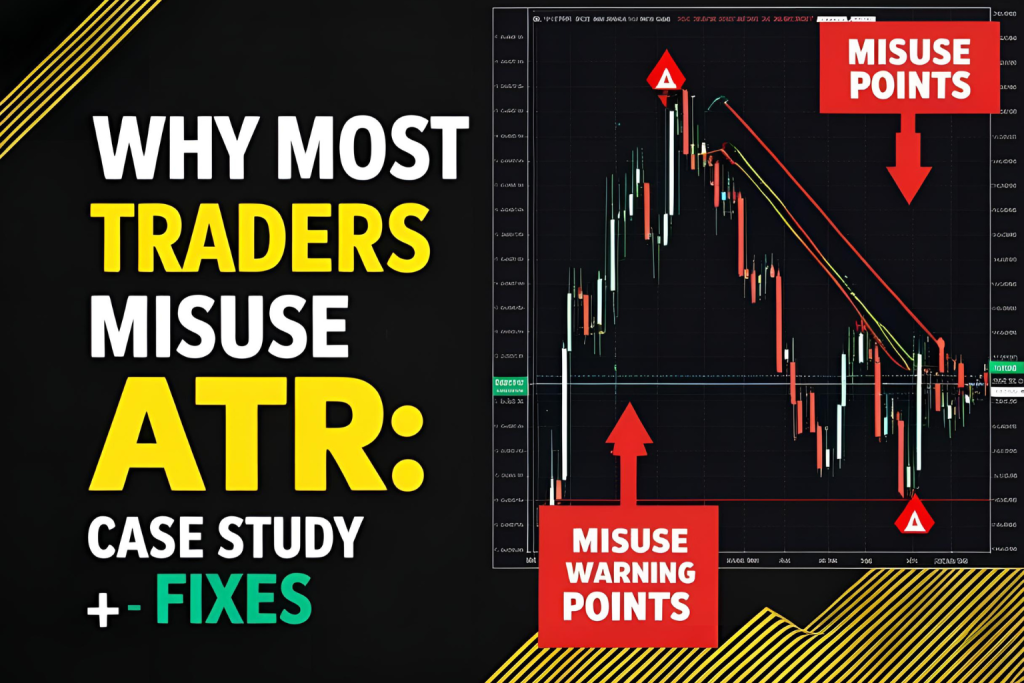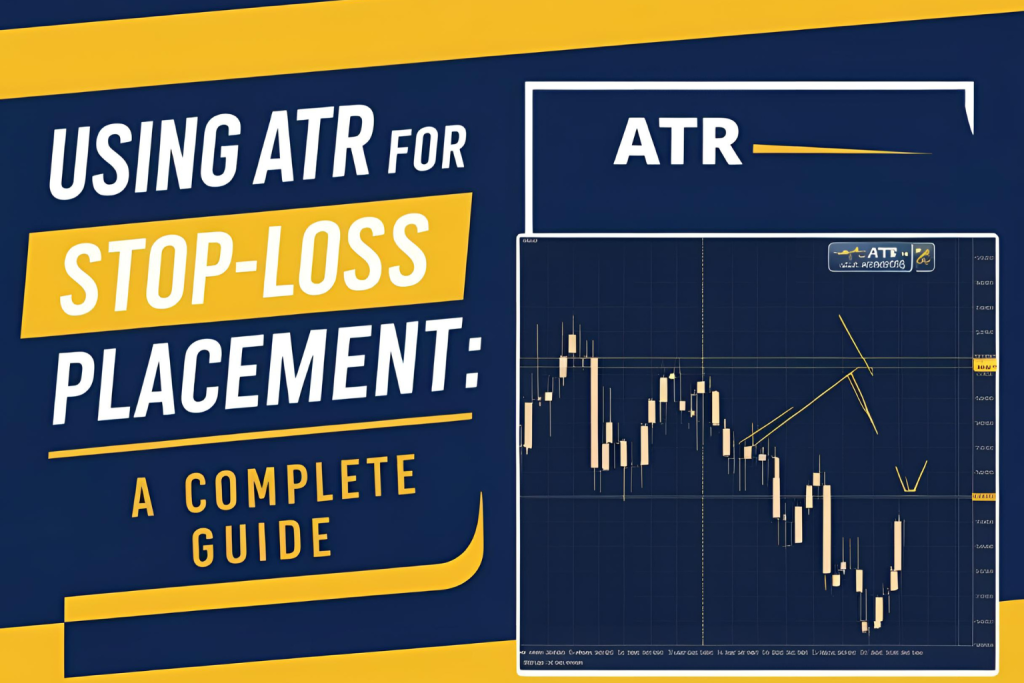Understanding theory is great, but seeing a real-world ATR trade example helps solidify how to use the Average True Range in actual market conditions. In this guide, we’ll walk through a full trade—step by step—using ATR to determine the entry, stop-loss, and exit.
Trade Setup Overview
- Instrument: ABC Stock
- Timeframe: Daily chart
- Entry Price: $100
- ATR (14-period): 2.5
- Strategy: Breakout with ATR-based stop-loss and target
Step 1: Entry Point
The stock breaks above a resistance level at $100, confirming a bullish breakout. Volume is high, and momentum indicators (e.g., RSI, MACD) support the move.
Entry decision: Buy at $100 on breakout confirmation.
Step 2: Stop-Loss Placement Using ATR
ATR = 2.5
Trader chooses to place a 1.5× ATR stop below the entry.
iniCopyEditStop-Loss = Entry Price – (ATR × 1.5)
Stop-Loss = 100 – (2.5 × 1.5) = 100 – 3.75 = $96.25
Stop-Loss is set at $96.25
This accounts for market volatility and avoids being stopped out by noise.
Step 3: Setting the Target (Exit)
Target is based on 2× risk-to-reward ratio.
nginxCopyEditRisk per share = Entry – Stop = 100 – 96.25 = 3.75
Target = Entry + (Risk × 2) = 100 + (3.75 × 2) = $107.50
Target is set at $107.50
Step 4: Managing the Trade
- Price pulls back slightly after entry to $98.10 (well above stop)
- Momentum resumes, and price gradually moves toward the target
- Two days later, price hits $107.50 and exits the position
Trade Summary
| Parameter | Value |
|---|---|
| Entry Price | $100 |
| Stop-Loss | $96.25 |
| Target Price | $107.50 |
| Risk/Reward | 1:2 |
| Outcome | Profit |
By using ATR, the trader was able to:
- Set a stop that reflects market conditions
- Define a realistic, volatility-based risk range
- Avoid emotional trading decisions
Final Thoughts
This ATR trade example shows how practical and powerful the Average True Range can be when used properly. It helps take the guesswork out of trade sizing, stop placement, and target setting. Whether you’re a beginner or seasoned trader, incorporating ATR adds structure to your strategy.
FAQs
1. Can ATR help in all trading styles?
Yes. Day traders, swing traders, and position traders all benefit from ATR-based decisions.
2. What if the ATR value changes mid-trade?
Stick to the ATR value at entry or trail stops with a dynamic ATR update based on your rules.
3. Is 1.5x ATR a standard for stop-loss?
It’s common, but not fixed. Test what works best for your risk tolerance and asset class.
4. Should I always use a fixed reward ratio?
No. ATR can also help you set trailing exits based on ongoing volatility.
5. Can I automate ATR-based strategies?
Yes. Most trading platforms allow ATR to be included in custom strategies or alerts.


